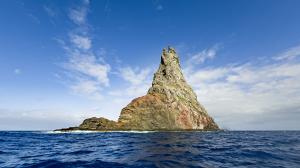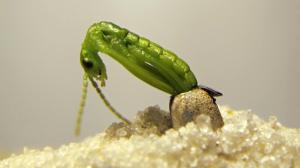Ball’s Pyramid
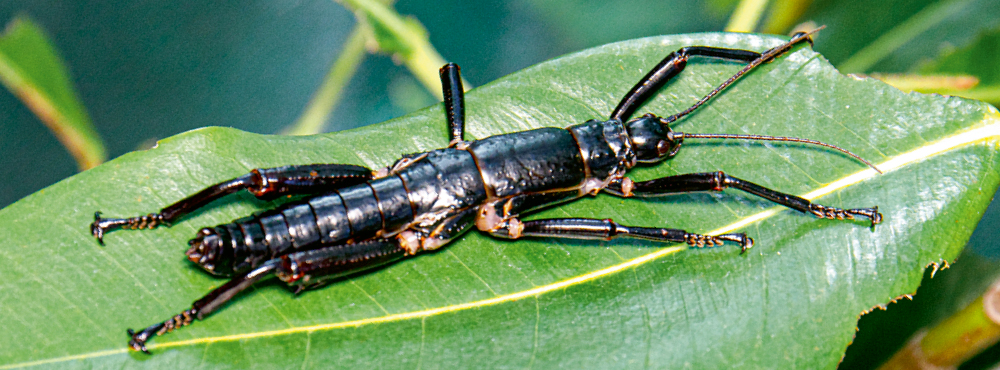
The Lord Howe Island stick insect is the most robust flightless insect in the world and quite possibly the most endangered. At most, only a few dozen individuals survive in the wild on the planet’s highest sea stack, Ball’s Pyramid—a name also chosen for the stick insect exhibit at Prague Zoo.
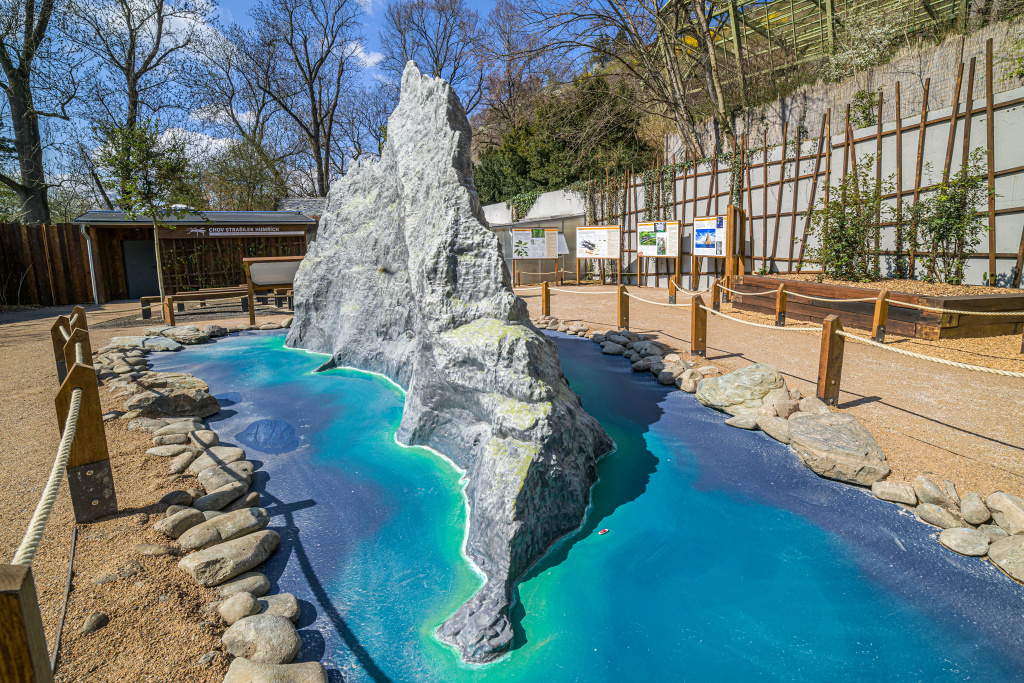
You can find the new Ball’s Pyramid exhibit behind the Bororo Reserve children’s playground, in the former elephant enclosures near the Terrarium. In addition to the stick insects themselves and a model of Ball’s Pyramid, there are greenhouses and garden beds where our gardeners cultivate the plants used to feed these rare insects. Rest areas are available by the information boards, and an educational projection is displayed on a large screen.
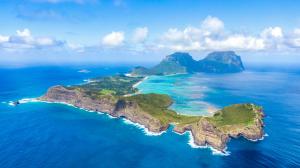
The Lord Howe Island stick insect (Dryococelus australis) originally inhabited Lord Howe Island, lying in the Tasman Sea, at the southern edge of the Pacific Ocean, approximately 700 km northeast of Sydney. It is crescent-shaped, formed from an eroded volcano, and measures 12 km in length and 3 km in width.
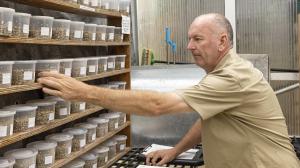
After the discovery of the live Lord Howe Island stick insects on Ball’s Pyramid in 2001, it was decided to establish a conservation breeding programme for the species. Over the years, a total of five specimens were collected from the sea stack. Thanks to the dedication and immense efforts of conservation teams working to...
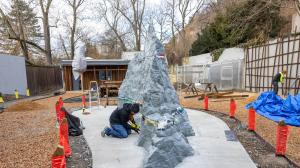
In the unique Ball’s Pyramid exhibit, you will see both the Lord Howe Island stick insects themselves, which were long considered an extinct species, and a scaled-down model of the rocky sea stack where they survived. Discover the story of faith, enthusiasm, and immense effort that has been put into saving a species that...
ZOOPRAHA.CZ
Contacts
- The Prague zoological garden
U Trojskeho zamku 120/3
171 00 Praha 7
Phone.: (+420) 296 112 230 (public relations department)
e-mail: zoopraha@zoopraha.cz
Others


